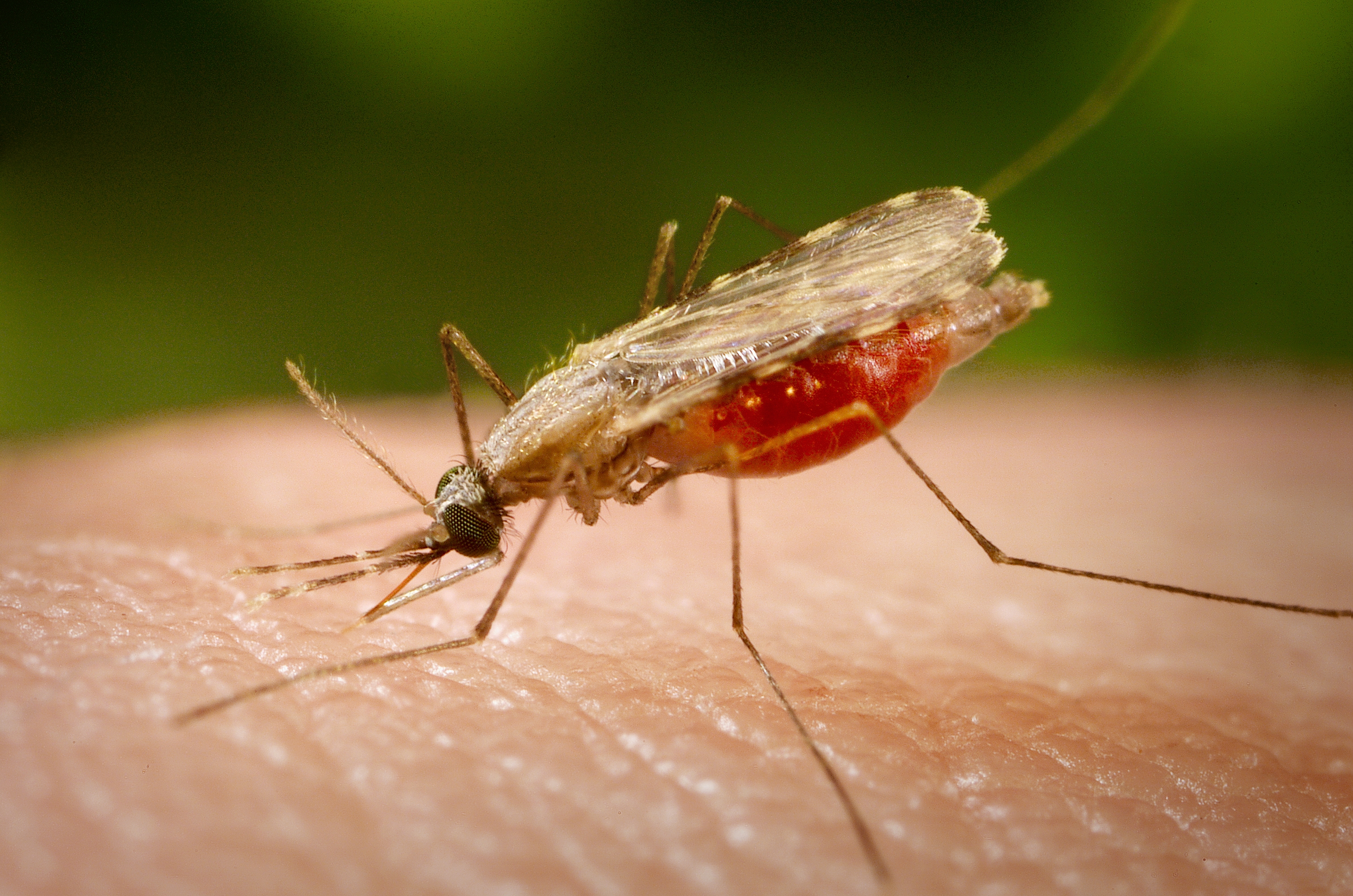Description
Material provided: Whole mosquitoes, dissected tissues, or extracts
Unit definition: 50 infected females (25 if dissected) supplied as 100 fully-engorged females with infection prevalence at least 50%
Vector information
Family: Culicidae
Genus: Anopheles
Species: Anopheles stephensi
Strain Name: Sind-Kasur Nijmegen*
Place of origin: Pakistan
Date of colonisation: 1982
*The Kasur strain of A. stephensi was field-collected in 1981 from a cattle shed, in the Punjab province of Pakistan. The susceptible line Sda-500 (Sind) was genetically selected for increased susceptibility (for P. falciparum) from the Sind strain, a mixture of stocks from the Sind Province of Pakistan. These two strains were crossed in 1985.
Parasite information
Phylum: Apicomplexa
Genus: Plasmodium
Species: Plasmodium falciparum
Strain: Determined by the user
Production protocol
A P. falciparum GMO parasite, provided by the user, can be cultured in the lab for gametocyte production. Ideally 5×105 exflagellation events / ml will be used for feeding of female Anopheles stephensi mosquitoes. On day 8 after infection, infection rate will be determined. Details may be discussed with the provider (click on “contact us” below to get in contact and find out more).
Product options
Please specify in your request:
Time post-infection: Please specify one time point post-infection to harvest the samples. The most common options are ookinete infection (18-24 h post-infection), oocyst infection (2-13 d post-infection) and sporozoite infection (14-15 d post-infection), but other times are possible by request, contact us.
Whole or dissected: Instead of 50 whole mosquitoes, material can be supplied from dissected material harvested at the appropriate time point: 25 dissected midguts or 25 dissected salivary glands or 25 dissected ovaries, with the corresponding carcasses.
Form of material:
- Whole mosquitoes or dissected tissues, fixed in 70% ethanol, formalin, or other fixative: useful for DNA extraction from 70% ethanol, immunohistochemistry, not useful for RNA experiments or proteomics. Shipped as non-infectious material.
- Whole mosquitoes or dissected tissues, homogenised in a lysis buffer such as Trizol: useful for RNA, DNA and protein experiments. Shipped as non-infectious material.
- Whole mosquitoes or dissected tissues, frozen at -80°C or stored in RNALater: useful for RNA, DNA and protein experiments. Shipped as non-infectious material.
- Other formats or preparations may be possible by request, contact us.
Production conditions: Material is generated using default gametocyte dose and incubation temperature used by the supplying facility. Other conditions may be possible upon request.
Sample size and replicates: For larger sample sizes, request more units. Please specify if independent infections are needed as biological replicates (e.g., for RNAseq transcriptional profiling experiments).
For more information, please contact us.

